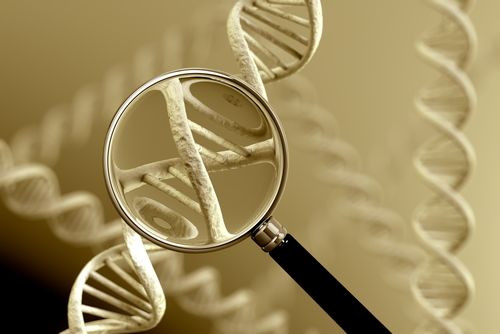Mitochondrial Disease Diagnosis Improved By Exome Sequencing

Almost all the cells in your body have mitochondria, which act as tiny “power plants” producing more than 90 percent of the energy needed to sustain life and support growth. Mitochondrial disorders, which result from failures of the mitochondria, can cause chronic disability and premature death. A new study finds exome sequencing, when compared to traditional methods of diagnosis, improved the ability of scientists to identify the underlying gene mutations in patients with mitochondrial dysfunction. The research appears online in the Journal of the American Medical Association.
What Are Neurometabolic Diseases?
Although rare overall, defects involving the mitochondria are a common cause of neurometabolic diseases. Metabolism refers to how our bodies process the food we eat and convert it into chemicals necessary for complex cellular life and brain function. Neurometabolic diseases, then, are caused by an inability to process food and create disturbances in the brain. These diseases, which affect one in 5,000 live births, may express themselves at any time in a patient's life and when they do make their presence known, it is often in conjunction with neurological impairment. Examples of symptoms caused by mitochondrial diseases include a type of epilepsy; mitochondrial encephalopathy; lactic acidosis; and a syndrome with stroke-like episodes.
The warning signs may be clear, still a precise diagnosis of the mitochondrial defects giving rise to the neurometabolic disease remains challenging. “Approximately one-third of patients with mitochondrial disease have a biochemical defect involving multiple respiratory chain complexes, suggesting a defect of intra-mitochondrial protein synthesis,” wrote the authors of a study led by Dr. Robert W. Taylor of Newcastle University in the United Kingdom. Taylor and his colleagues decided to compare the traditional method of diagnosing these disorders with whole-exome sequencing, a contemporary process many believe could be more effective.
Whole-exome sequencing (WES) in many ways acts as an abbreviated version of whole genome sequencing. The exome consists of exons, which contain instructions for the body to build proteins. Using WES, a clinician can determine the sequence of the exome, which constitutes about one percent of the total genome.
A total of 53 patients, who had been referred to two national centers in the UK and Germany between 2005 and 2012, participated in the study. All had biochemical evidence of multiple respiratory chain complex defects. The majority (51 patients or 96 percent) showed symptoms during childhood and most (66 percent) developed symptoms within the first year of life. The most frequent clinical features were muscle weakness, central neurological disease, cardiomyopathy, and abnormal liver function; a combination of abnormalities was present in most cases.
Following whole-exome sequencing, gene variants presumed to cause the disease were identified in 28 patients (53 percent) and possible variants were identified in four patients (eight percent). Distinguishing features for these patients included deafness and kidney impairment associated with one gene, and cardiomyopathy linked to two separate genes. Together these diagnoses accounted for 32 patients (60 percent) and involved 18 different genes. In 20 other patients who experienced heart disease, the gene mutation causing disease was detected in 80 percent. Unfortunately, the detection rate was much lower in patients with liver disease (33 percent) and for a total of 21 patients (40 percent), it was not possible for the researchers to confidently identify the underlying genetic basis.
"In the pre-exome era, the systematic biochemical characterization of 53 patients with multiple respiratory chain complex defects led to detection of the underlying genetic basis in only one patient,” wrote the authors. Although imperfect, WES showed itself to be a better diagnostic tool, by far. “Exome sequencing enhances the ability to identify potential nuclear gene mutations in patients with biochemically defined defects affecting multiple mitochondrial respiratory chain complexes,” concluded the authors, who hope to continue studying how WES might be applied.
Source: Taylor RW, Pyle A, Griffin H, et al. Use of Whole-Exome Sequencing to Determine the Genetic Basis of Multiple Mitochondrial Respiratory Chain Complex Deficiencies. JAMA. 2014.



























